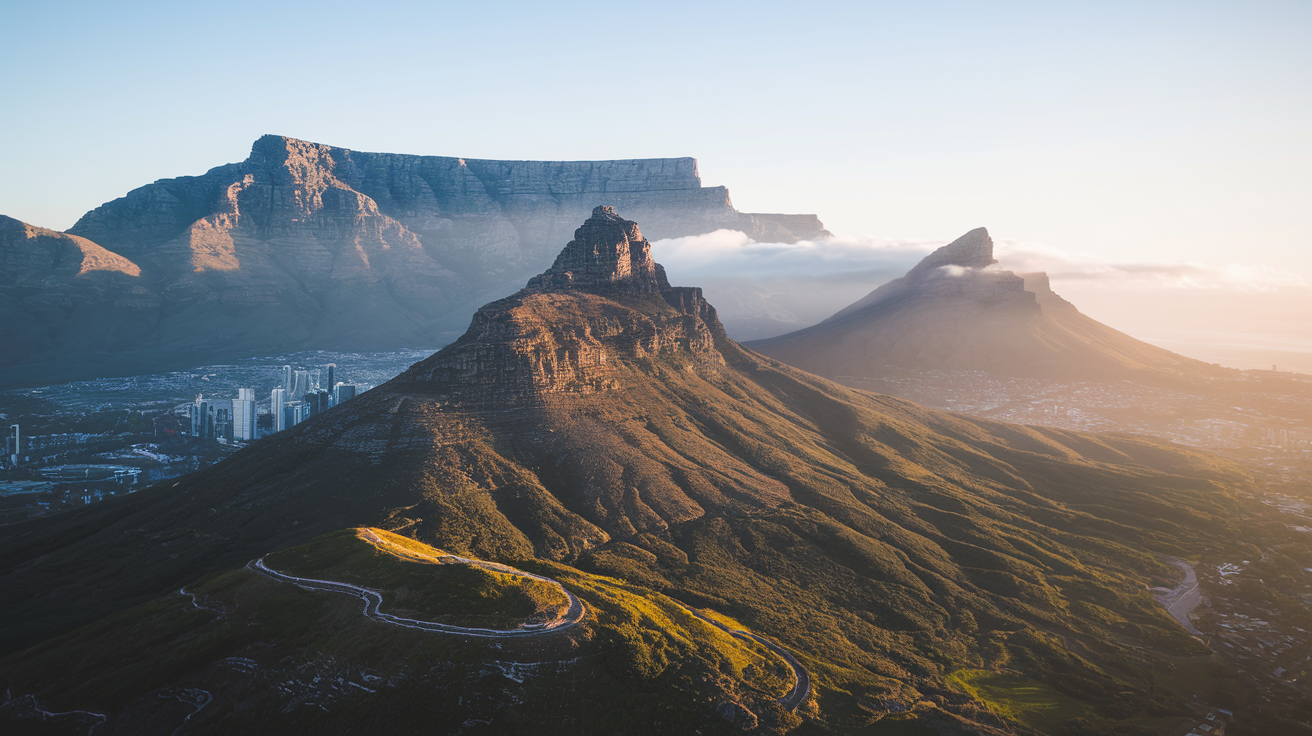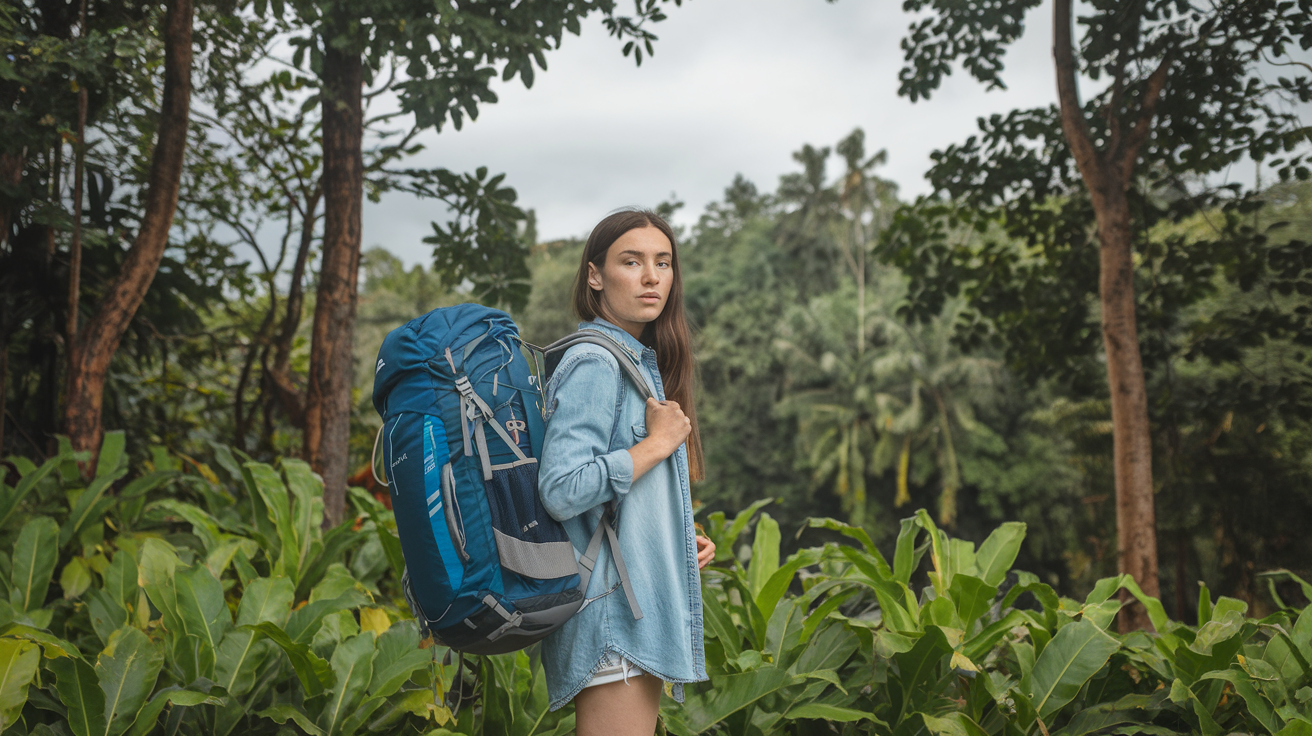Let me paint you a picture: I once tried to summit Table Mountain at sunrise in May, wrapped in three borrowed jackets and still shivering, only to shed them all two hours later when the sun decided to show up. South Africa’s magic lies in its unpredictability—and if you’re anything like me, your suitcase will get a workout. It’s a place where timing isn’t just about booking flights; it’s your secret weapon for savoring the country’s wild, multicultural, and ever-evolving beauty. Here’s how I learned, sometimes the hard way, when to chase wildflowers, where to spot elusive leopards, and why March changed my view on the perfect holiday season.
Shoulder Seasons: The Savvy Traveler’s Sweet Spot
As someone who’s zigzagged across South Africa’s wild parks, buzzing cities, and rolling vineyards, I’ve learned that the best time to visit South Africa isn’t always when the guidebooks say. While December is famous for its festive energy, it’s also the busiest—and priciest—month. If you want to experience the country’s magic without the crowds or sticker shock, the real secret lies in the shoulder seasons: March to May and September to November.
Travel experts agree. “March is absolutely delightful: warm weather, little tourism, and sights like Table Mountain to yourself,” says Deborah Calmeyer, founder of Roar Africa. Simon Mandy, managing director at The Royal Portfolio, echoes this: “October, November, April, and May—they’re the hidden gems of South Africa travel.” These months offer a sweet spot for affordable travel South Africa style—think lower hotel rates, easier restaurant bookings, and a sense of calm you won’t find in peak summer.
Let me paint a picture: one April afternoon, I found myself in Stellenbosch, sipping Chenin Blanc on a sun-dappled terrace. The air was crisp, the vineyards glowed gold, and the only sounds were birdsong and the clink of glasses—no tour buses, no selfie-sticks. It’s moments like these that make the shoulder seasons unbeatable for Cape Town travel tips and Winelands escapes.
- March-May: Warm days, cool evenings, and the last of the summer’s bounty. March, in particular, is a standout—perfect for exploring Cape Town’s beaches, hiking Table Mountain, or touring the Winelands. Harvest season is in full swing, so you’ll catch the buzz of grape picking and wine tastings at their most authentic.
- September-November: Spring brings wildflowers to the Western Cape and mild weather across the country. It’s a prime time for safaris, with animals active and landscapes lush. October and November are especially tranquil, with fewer tourists and great deals on hotels and tours.
One thing to note: South Africa’s weather can be unpredictable, especially in Cape Town. Locals joke about experiencing “four seasons in one day,” and they’re not wrong. I’ve learned to pack layers—light jackets, a rain shell, and something warm for evenings. Coastal breezes in autumn can be brisk, but the reward is having iconic spots like Table Mountain almost to yourself.
For those seeking affordable travel South Africa options, the numbers speak for themselves. According to Mandy, “May through August is typically the lightest on the pocket” in Cape Town, but the shoulder months (March-May and September-November) strike the best balance between value and experience. December, on the other hand, often comes with minimum hotel stays and premium prices.
In short, if you want to enjoy South Africa’s world-class sights, vibrant culture, and diverse landscapes—without the chaos—plan your trip for the shoulder seasons. You’ll find better rates, more breathing room, and a richer, more relaxed connection to this remarkable country.
Tracking Wildlife and Chasing Sunrises: Safari Timing Unveiled
When it comes to wildlife safaris in South Africa, timing is everything. My own journeys—bundled in fleece on chilly winter mornings, camera in hand—have taught me that the rhythm of the bush changes dramatically with the seasons. The best time for safaris depends on what you hope to see, and how you want to experience the magic of South Africa’s national parks.
Why the Dry Season (June–September) Is Prime for Game Viewing
The dry season, which runs from June to September, is widely considered the sweet spot for wildlife viewing. During these winter months, the landscape transforms: grasses thin out, trees lose their leaves, and water becomes scarce. This means animals—elephants, lions, zebras, and more—are drawn to the remaining waterholes, making them much easier to spot. In Kruger National Park, South Africa’s most famous reserve, I’ve watched entire herds of elephants emerge from the morning mist, undisturbed by crowds. The air is crisp, the bush is quiet, and every sunrise feels like a private show.
- Thinner vegetation improves visibility for spotting the Big Five.
- Animals gather at water sources, increasing your chances of memorable sightings.
- Cooler temperatures make game drives comfortable, though early mornings can be cold—layering is essential.
Expert advice from Deborah Calmeyer, founder of Roar Africa, has been invaluable:
"A knowledgeable advisor can tailor safari timing to your interests—South Africa's biodiversity is second to none."She emphasizes that the Kruger and Kalahari regions excel during these winter months for concentrated wildlife action.
Green Season (November–February): Birdwatchers’ Paradise
While the dry season is king for big game, the green season—from November to February—offers a different kind of magic. This is when the rains return, transforming the bush into a lush, emerald wonderland. The air is alive with the calls of migratory birds, and the dawn chorus is truly spectacular. If you’re a bird enthusiast, this is your moment: rare and colorful species flock to South Africa’s parks, making it a top destination for birdwatching.
- Peak birdwatching season, with migratory species and vibrant displays.
- Baby animals abound, adding a playful energy to the bush.
- Wildlife is harder to spot as thick vegetation offers more hiding places.
On my own green season safaris, I’ve traded the drama of big game for the thrill of spotting a lilac-breasted roller or watching newborn impalas take their first steps. It’s a time of renewal, but also a reminder that every season brings its own rewards.
Tailoring Your Safari: Expert Insights
South Africa’s immense biodiversity and varied climates mean there’s no single “best” time—only the best time for your interests. Calmeyer insists on a tailored approach, and I couldn’t agree more. Whether you’re chasing the Big Five in Kruger, marveling at the Kalahari’s stark beauty, or listening to the dawn chorus, South Africa national parks offer year-round options for unforgettable wildlife encounters.
Ultimately, the timing of your safari shapes every sunrise, every animal sighting, and every memory you’ll carry home. Whether you brave the winter chill or embrace the green season’s abundance, South Africa’s wild heart is always ready to surprise you.
Seaside Summers, Festivals, and the Culinary Tapestry
My first taste of a Cape Town beach Christmas was unforgettable: the sun high, the Atlantic icy, and the scent of braai (South African barbecue) drifting across the sand. December through February is the heart of South Africa beach holidays, when the country’s 1,700-plus miles of coastline come alive. Cape Town’s white-sand beaches buzz with locals and visitors, and while the Atlantic remains brisk—even in summer—the festive mood is anything but chilly. If you’re planning your trip around sun and sand, this is the season when city parks, promenades, and seaside cafés are at their most vibrant.
During these peak months, the city’s event calendar explodes. As Simon Mandy puts it,
“Cape Town’s events calendar is a feast for the senses—music under the stars, fine wine, and art everywhere.”
The Kirstenbosch Summer Sunset Concerts are a highlight, offering live music in the botanical gardens beneath Table Mountain. Bring a picnic, a blanket, and join locals for an evening of world-class performances surrounded by nature. For art lovers, the Cape Town Art Fair and the Cape Town International Jazz Festival (usually in February or March) draw global talent and create a contagious festive spirit throughout the city. These South Africa cultural festivals are not just events—they’re immersive experiences that showcase the country’s creative energy and multicultural flair.
Just beyond the city, the Winelands—including Stellenbosch, Franschhoek, and Paarl—burst into life during harvest season (January through March). This is a must for food and wine lovers. The region’s culinary festivals and open-air markets offer a chance to sample farm-fresh produce, innovative cuisine, and award-winning wines. Many estates open their doors for tours, tastings, and harvest celebrations, making it the perfect time for winery hopping and discovering South Africa’s dynamic food scene. The culinary tapestry here is woven from a rich multicultural heritage, blending Cape Malay spices, Dutch traditions, and modern global influences into every meal.
For surfers, summer brings gentler waves—ideal for beginners or those looking for a relaxed session. The main surf season runs from March to September, when water temperatures climb into the low 70s °F, but even in summer, a wetsuit is your best friend. The Great African Seaforest, made famous by My Octopus Teacher, offers unique snorkeling and diving opportunities, especially in the warmer months.
- Beach season: December–February
- Main surf months: March–September (water temps: low 70s °F)
- Winelands harvest: January–March
- Festival calendar peaks: January–March
Temperatures in high summer rarely climb above the 70s (°F), though some inland regions can reach the 90s. No matter the weather, Cape Town travel tips always include packing layers and sunscreen—the African sun is intense, and the city’s “four seasons in one day” reputation is well earned.
Whether you’re drawn by the beaches, the festivals, or the culinary adventures, South Africa’s summer months promise a sensory-rich escape. From icy swims and sizzling braai to jazz under the stars and vineyard feasts, every day feels like a celebration of the country’s abundant spirit.
Wild Card: One Suitcase, Many Seasons—Packing (and Luxuriating) Like a Local
Confession: My South Africa packing strategy only started making sense after a few humbling visits. I’ll never forget the afternoon I wore rain boots, shorts, and a scarf—all at once—while wandering Cape Town’s unpredictable streets. If there’s one universal South Africa travel tip I can offer, it’s this: adaptability is your best friend. Whether you’re hiking in the misty Table Mountain foothills or exploring Johannesburg’s sun-drenched neighborhoods, packing for variety is crucial.
Layering is essential, especially in Cape Town, where “four seasons in one day” isn’t just a saying—it’s a lived reality. A lightweight rain jacket, a cozy sweater, and breathable shirts will serve you well. Even in winter, don’t be fooled by the cooler air; the African sun is fierce. Sunscreen is non-negotiable. I’ve learned this the hard way—one overcast morning in the Winelands left me with a sunburn that lasted longer than my bottle of Chenin Blanc. As Simon Mandy of The Royal Portfolio wisely advises, “The African sun is intense, so never forget your sunscreen.”
Traveling in South Africa is like curating the perfect playlist: it’s unexpected, ever-changing, and full of real hits at every stop. One day you might be tracking rhinos at dawn in the Kalahari, the next you’re sipping Pinotage in Stellenbosch or watching the sunset from a rooftop in Cape Town. This is where luxury travel experiences in South Africa truly shine. The country’s opulent side—think The Silo Hotel’s iconic glass towers or a private wine tasting with Ntsiki Biyela at Aslina Wines—coexists with incredible value. Even if you’re traveling on a budget, it’s worth splashing out for a night or two at a boutique hotel or a fine dining experience. As Mandy puts it,
"True luxury here isn’t just about five-star hotels—it’s the feeling you get: welcomed, inspired, and a bit transformed."
Expert advice can turn a basic trip into an extraordinary memory. Travel advice from Simon Mandy and Deborah Calmeyer has shaped my journeys, helping me navigate the country’s many microclimates and discover experiences I’d never have found alone. Their guidance—pack for the unexpected, invest in sun protection, and don’t shy away from mixing affordable and luxury moments—has been invaluable. For those seeking meaningful travel, local conservation programs like Phinda and Tswalu offer eco-conscious safaris that make a real difference, blending adventure with purpose.
Ultimately, South Africa’s magic lies in its contrasts. You can luxuriate at world-class hotels, dine at innovative restaurants, and still find yourself sharing a laugh with locals at a bustling market. The country’s hospitality is legendary, and its ability to offer both luxury and authenticity is unmatched. My best South Africa travel tip? Embrace the unpredictability, pack smart, and allow yourself to be surprised. Every season, every suitcase, and every journey here opens a new chapter—one that’s as vibrant and varied as the rainbow nation itself.
TL;DR: South Africa rewards savvy timing: shoulder seasons (March-May/Sept-Nov) for value and comfort, June-Sept for world-class wildlife sightings, Dec-Feb for beaches and festivals—just don’t forget your sunscreen and sense of adventure.



